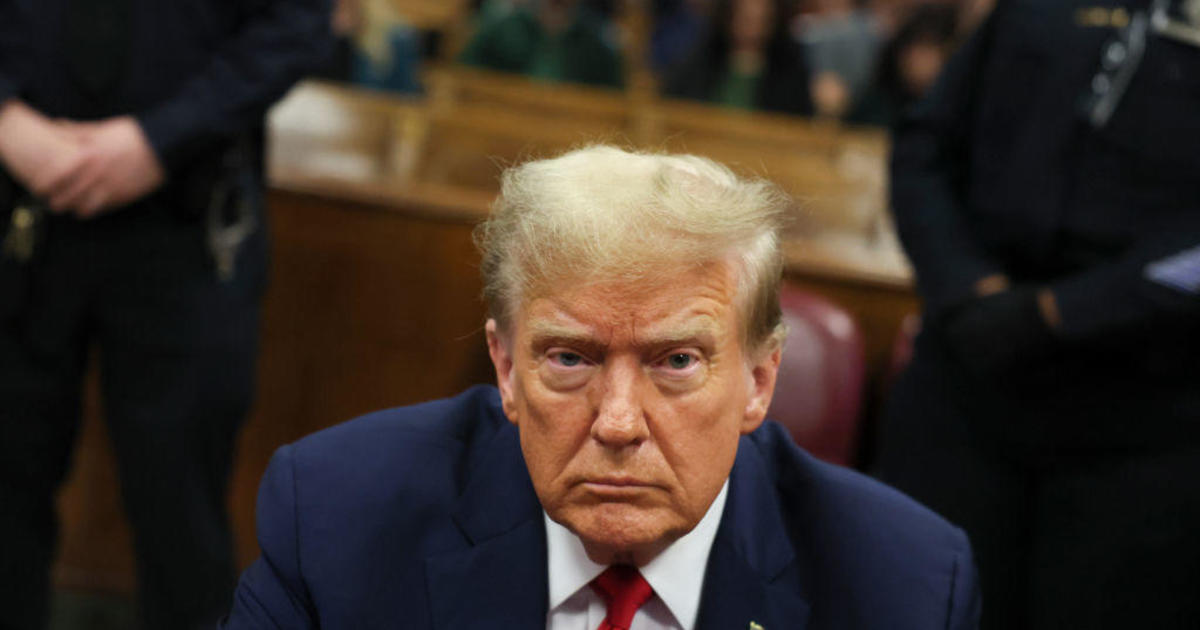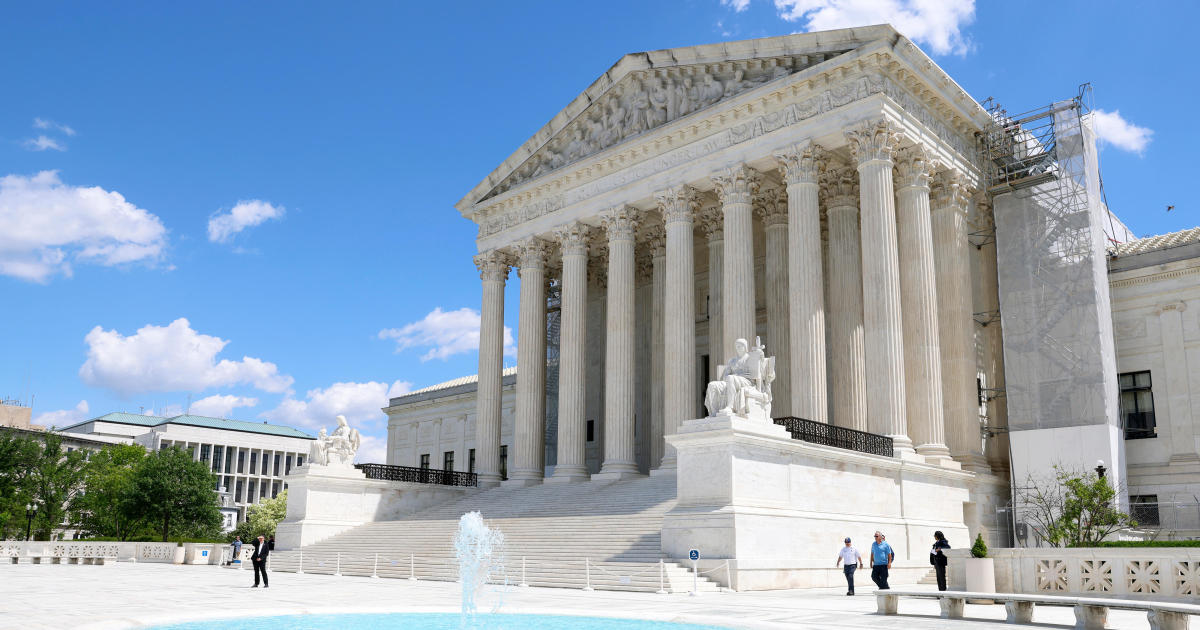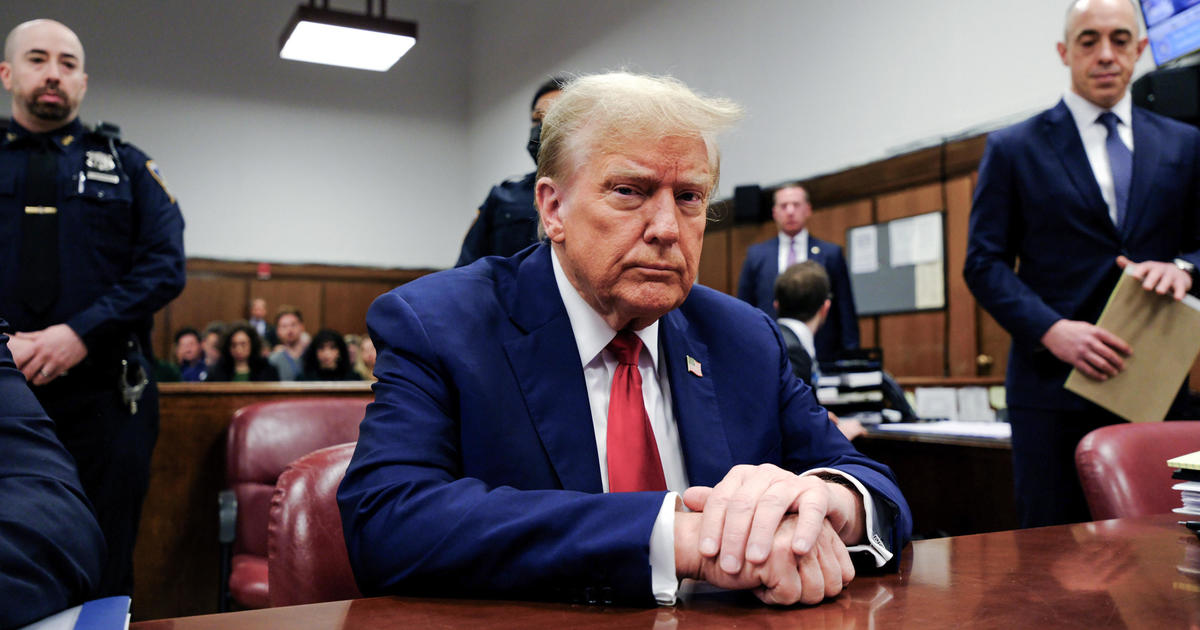GDP growth touted as “historic” by Trump is anything but
President Trump on Friday touted the U.S. economy's 4.1 percent growth in the second quarter as "an economic turnaround of historic proportions." He also predicted the spurt will be sustained and even accelerate.
Yet few economists outside the administration agree with that bullish forecast. Here's a look at Mr. Trump claims, and the facts:
"We've accomplished an economic turnaround of historic proportions," Mr. Trump remarked Friday at the White House shortly after the Commerce Department released its GDP report.
In fact, Mr. Trump didn't inherit a fixer-upper economy.
The U.S. economy just entered its 10th year of growth, a recovery that began under President Barack Obama, who inherited the Great Recession. The data show that the falling unemployment rate and gains in home values reflect the duration of the recovery, rather than any major changes made since 2017 by the Trump administration.
While Mr. Trump praised the 4.1 percent annual growth rate in the second quarter, the economy exceeded that level four times during the Obama presidency: in 2009, 2011 and twice in 2014.
In purely numerical terms, a larger shift took place in the second quarter of 2014, when the economy went from contracting by 1 percent to growing at a rate of 5.1 percent.
But quarterly figures are volatile, and strength in one quarter can be reversed in the next. President Obama never achieved the 3 percent annual growth that President Trump hopes to see, though he came close. The economy grew 2.9 percent in 2015.
The current economic expansion, which began in June 2009, is now the second-longest on record -- but it is also the weakest. The GDP revisions the Commerce Department announced Friday didn't change that narrative. Annual growth has averaged just 2.2 percent since mid-2009 through the end of last year, the same as previously reported.
"One of the biggest wins in the report, and it is, indeed a big one, is that the trade deficit — very dear to my heart because we've been ripped off by the world — has dropped," Mr. Trump said Friday.
Mr. Trump is correct that a lower trade deficit spurred growth in the April-June quarter, but the reason for that isn't necessarily positive.
The president has been floating plans to slap import taxes on hundreds of billions of dollars of foreign goods, which has led to retaliatory tariffs by foreign governments on U.S. goods.
This threat of an escalating trade war has led many foreign companies to stockpile U.S. goods before any tariffs hit. That caused a temporary boost in U.S. exports, helping to fuel economic growth.
But Richard Moody, chief economist at Regions Financial, said the gains from rising U.S. exports in the second quarter will not be repeated.
"These numbers are very, very sustainable. It's not a one-time shot," Mr. Trump said Friday.
It's impossible to predict the future, but economists warn that the figures seen this quarter will not be easy to replicate, or even come near.
The economy faces two significant structural drags that could keep growth closer to 2 percent than 3 percent: An aging population, which means fewer people are working and more are retired, and weak productivity growth, which means that those who are working aren't increasing their output as quickly as in the past.
Both of those factors are largely beyond Mr. Trump's control.
The labor force could get a boost from higher participation—that is, if more people who are currently on the sidelines re-enter the labor force. But enticing those people back into the workforce could require a combination of higher pay, better jobs or some other factor.




